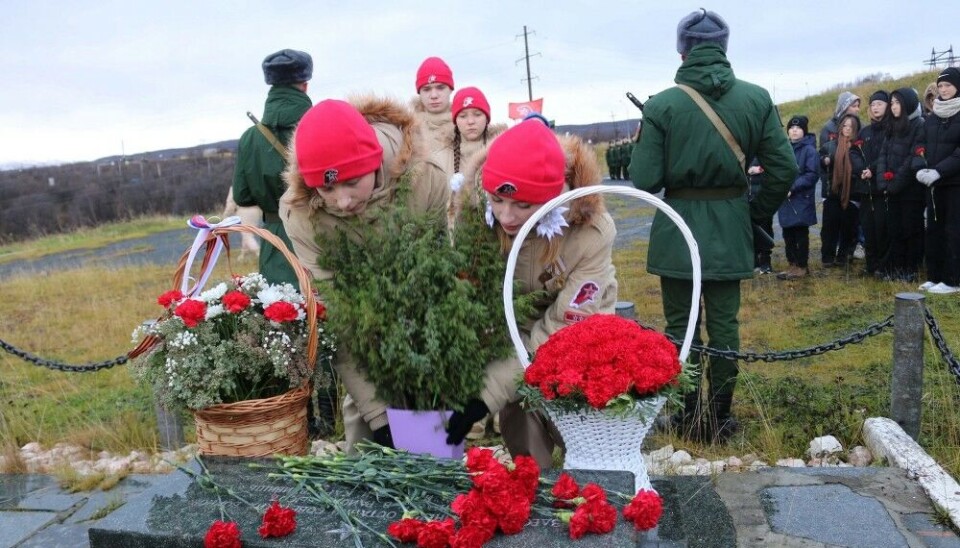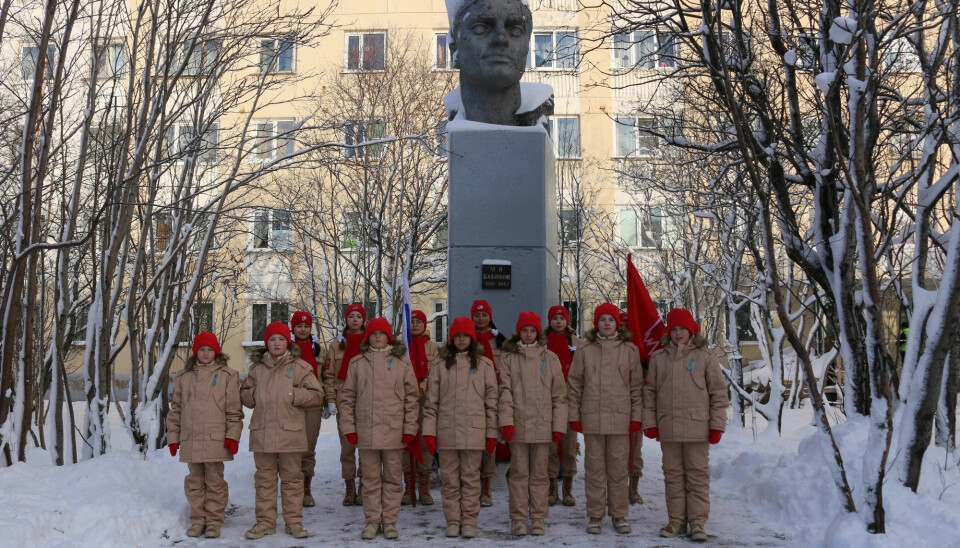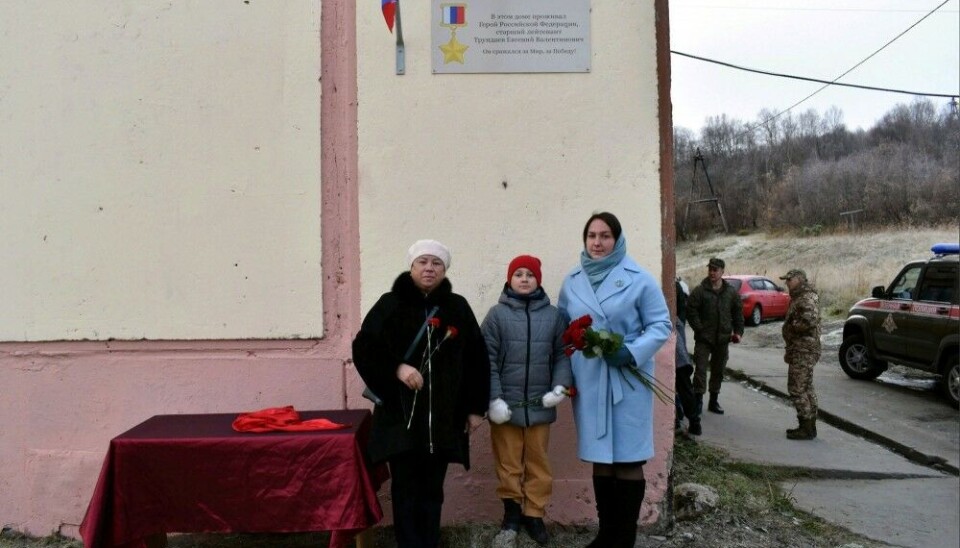
Former Finnish towns celebrate Soviet "liberation"
Local Russian authorities on the territory that previously was named Petsamo pay tribute to the Soviet troops that seized the area in October 1944.
After more than two years of standoff along the river of Zapadnaya Litsa, the Soviet 14th Army in early October 1944 started a massive offensive that by the end of the month had pushed Nazi German troops westwards through Petsamo and into Norway.
On the 22th of October, the Finnish town of Kolosjoki was taken and only three days later the Red Army soldiers marched into Kirkenes, the nearby Norwegian town that had served as main base for Hitler’s quest to conquer the Kola Peninsula.

This weekend, local authorities in the area that today is named Pechenga commemorated the men that took part in the historical events 79 years ago.
“We will forever remember the people that in that distant and cold October 1944 gave their lives for the liberation of our lands,” said Andrei Kuznetsov, Mayor of the Pechenga Rayon, in a ceremony held by a local Unknown Soldier memorial.
Several more local events were held during the weekend. In Nikel, the town that formerly carried the name Kolosjoki, people gathered by a memorial devoted to Mikhail Babikov, the Soviet soldier that according to the legend heroically killed numerous German troops before he himself was killed. Mayor Kuznetsov spoke also here.

“Like back then, our country is now again fighting fascism, that must be said,” the municipal leader underlined. “We showed back then that we were strong, and we will show that our country has remained so. We commemorate those who did not survive until our days and we await [back home] those who today protect our country!”
Parade in downtown Nikel in connection with 79-years anniversary of Soviet “liberation.” Video from local authorities
Across the Pechenga area, there are dozens of Soviet-era war memorials devoted to the many thousands that were killed in the savage Arctic war. Today, new memorial are being built, now to the honor of warriors fighting in the war against Ukraine.
In Luostary, a war memorial was in April this year erected to the memory of eight soldiers from the local 200th Motorized Rifle Brigade. In September, memorial plates were put on several houses in two local military settlements. However, like with 2WW soldier Mikhail Babikov, none of the men that are honored in the new memorials were themselves from the Pechenga area. They did serve in one of the local brigades, but originally came from other regions in Russia.

For Soviet and later Russian authorities, the 1944 conquest of Petsamo has been celebrated as a liberation. But for the local population at the time, it was first of all a seizure of land.
During the winter of 1944-1945, the Finnish population in the area was evacuated to more southern parts of Finland. That included a big number of people from two local Sámi communities that had inhabited the area for centuries.
The indigenous peoples that depended on reindeer herding and fishing could never return to their historical homelands.
While the Red Army ultimately left Kirkenes and the East Finnmark region, they never retreated from Petsamo. In 1947, the area was officially ceded by Finland to the Soviet Union as part of the Paris Peace Agreement.
Finland had during the 1930s invested big money in the Petsamo area. A major seaport had been built in Liinakhamari on the Barents Sea coast and the several hundred kilometer long Arctic Ocean Highway connected it with the town of Rovaniemi in Lapland. In Kolosjoki, the Finns discovered vast reserves of nickel, and a major mine and processing plant was built on site.
The Petsamo area was shortly conquered by Soviet forces during the Winter War of 1939-1940, but subsequently returned to Finland. The area remained under Finnish control during the Continuation War when Finland was ally with Nazi Germany, but was lost to the Soviet Union in October 1944.















